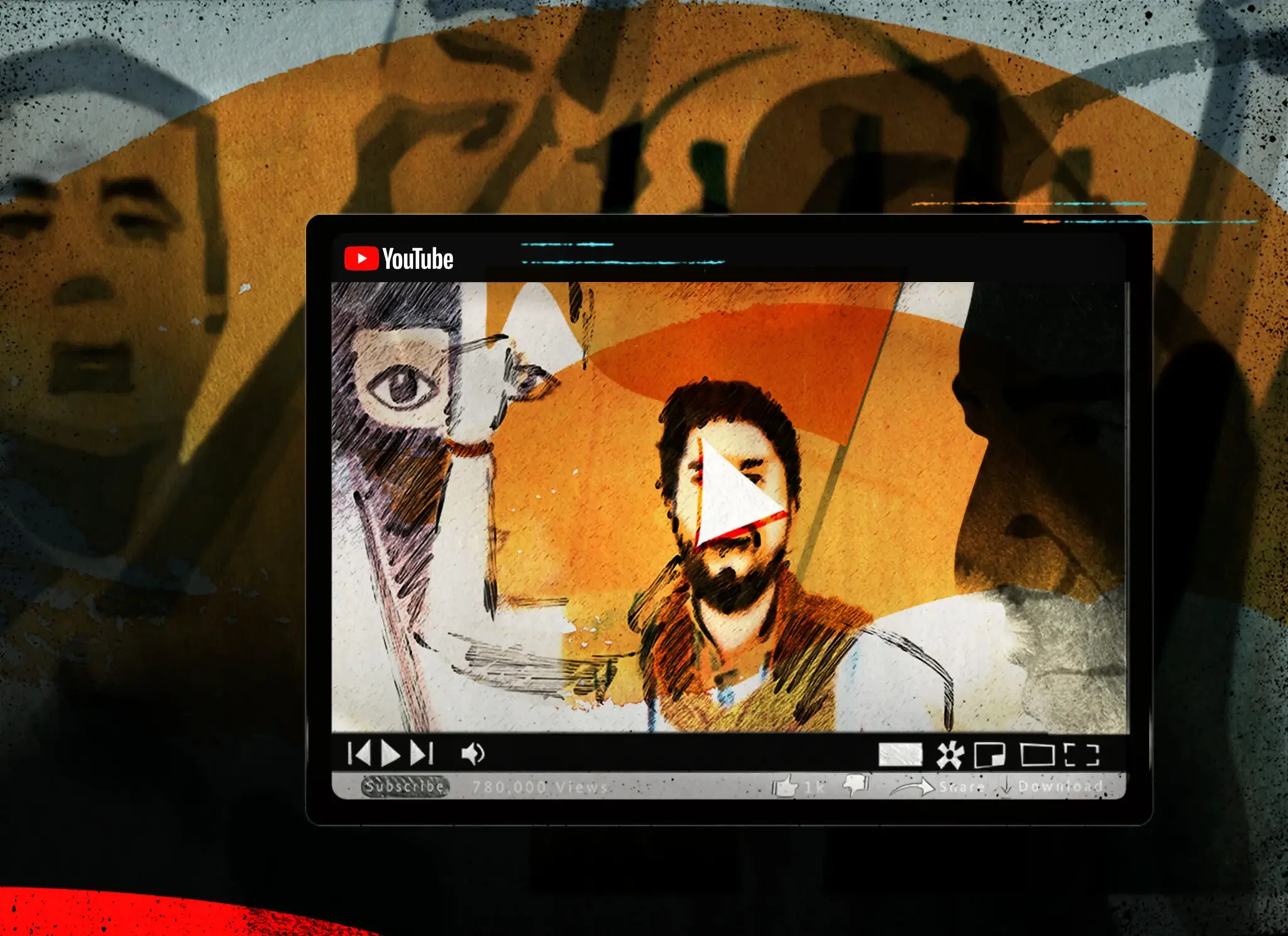- cross-posted to:
- worldnews@kbin.social
- worldnews@lemmy.ml
- india@kbin.social
What exactly do they mean by “YouTube generated video?”

They literally explain it in the article.
The platform uses the term “Auto-generated” since the videos are not uploaded directly by users. “YouTube auto-generates videos at scale [which it terms Art Tracks] for audio tracks delivered by record labels and distributors. Artists have to submit the recording, artwork and metadata to create Art Tracks,” a YouTube spokesperson wrote in an email statement to Bellingcat.
And I literally already provided that answer once I found it.

Looks like you commented a couple minutes before me, but it was two hours since your initial comment, so I did not expect you to find it at the same time.
Probably something to do with federation timing.

calm down

Bellingcat made them. It’s them.
Finally found the answer:
Artists have to submit the recording, artwork and metadata to create Art Tracks,” a YouTube spokesperson wrote in an email statement to Bellingcat.
So they say “auto generated” because the submitter submits an audio track, an image and metadata, and YouTube sticks them together for the user.
There’s no CC track included, no parsing of the Hindi lyrics, no generation or parsing of the images. So at that point, YouTube is really assembling the video track, not generating it.
And Bellingcat is attempting to capitalize on the phrasing to concern troll.

The point of the article is that there is not enough content moderation on these types of videos. Bellingcat calls them auto-generated because that is what YouTube calls them (they highlight that is several screenshots). They showed real harm that comes from the statements and sentiments in the songs that are being uploaded. That is not concern trolling, that is pointing out an inadequate policy that needs to be addressed.

But the fact that these are “auto-generated” vs regularly uploaded doesn’t really change anything about the fact that there isn’t enough content moderation.
Unless somebody reports things, almost nothing is happening regarding questionable content. (Of course, they can scan for any known copyrighted material with great precision :p )

Sure, but my take away was that it is a particular issue in the auto-generated videos because they are often sent whole discographies from the labels, so they are getting uploaded en-masse.
🤖 I’m a bot that provides automatic summaries for articles:
Click here to see the summary
As author and activist Harsh Mander wrote for Scroll, “remaking his gentle image from a symbol of righteousness, duty, compassion and devotion, into a wrathful combative warrior raging against the politically constructed “enemy within”.
Yogi Adityanath, the man the song says will come to power, is a BJP leader and Chief Minister of Uttar Pradesh, an Indian state which has made headlines for violent crimes against Muslims.
Last month, a mob of Hindu men climbed atop a mosque’s walls in the state of Karnataka, dancing to the song and singing the lyrics, “We will not rest till your (Ram’s) temple is built.
Hate music has been used by Hindu nationalists since the early 1990s, the journalist and Narendra Modi biographer Nilanjan Mukhopadhyay told the Associated Press last year, noting cassette tapes featuring adapted versions of popular Bollywood songs were distributed to appeal to young people at the time.
Over 20 people were injured in different parts after groups of Hindus marched through Muslim neighbourhoods waving saffron flags and swords as they danced and shouted along to anti-Muslim songs blasting from loudspeakers.
“The priority should be to make sure that the technology is not misused in environments where politics and personal relations and other aspects of society are actually more volatile.”In the opposition statement to the shareholder’s proposal, Alphabet said that it believes the company provides sufficient disclosures about YouTube’s policies and procedures and that it completes “extensive regulatory compliance work.”
Saved 89% of original text.



